Image of the Day: July 2011
I've Looked at Clouds That Way
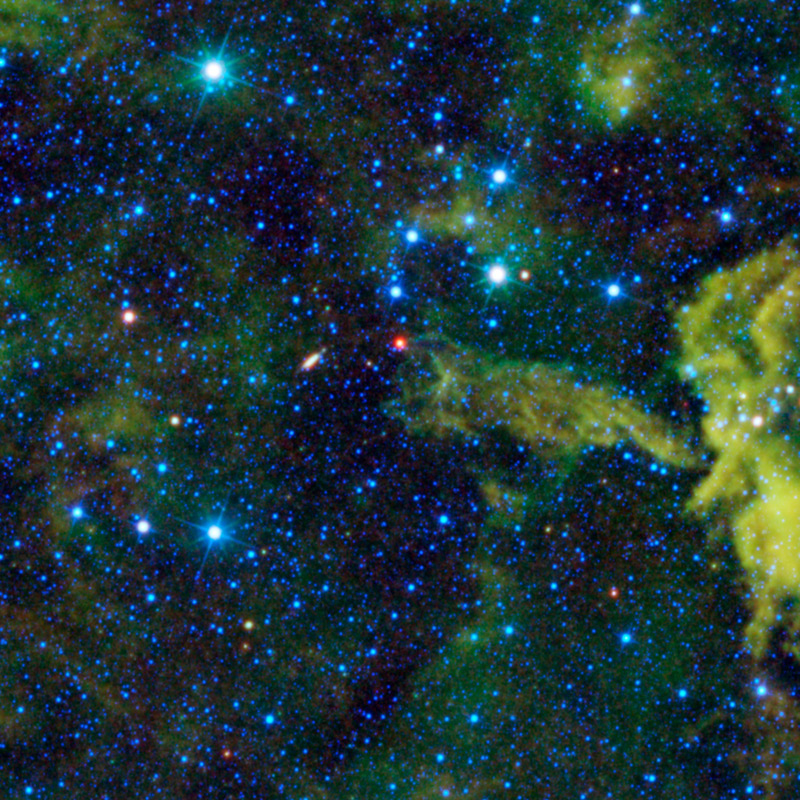
Tuesday, July 19, 2011: The WISE team, who operates NASA's Wide-field Infrared Survey Explorer (WISE), suggests that cloud CG4 might be seen as a cosmic alligator or a giant red-nosed slug (but not bows and flows of angel hair and ice cream castles in the air). The open jaws of the alligator appear poised to chomp down on a red star. This red source is the young stellar object, called Spitzer 073425.3-465409. Young stellar objects are exactly what they sound like: stars that are in their early stages of formation. The reddish color of this star occurs due to surrounding dust that glows in infrared light.
—Tom Chao
Into the Blue
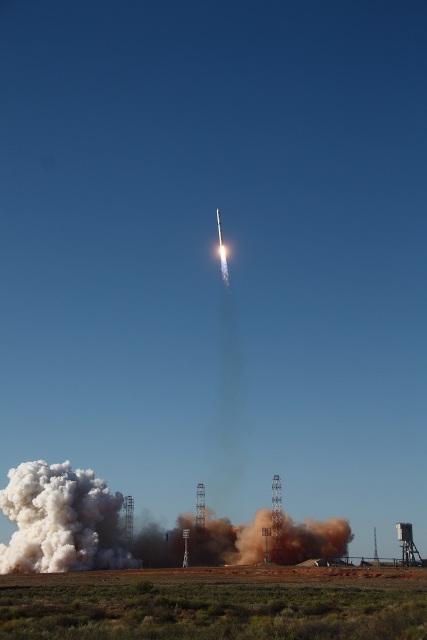
Wednesday, July 20, 2011: The Zenith-3M rocket with a Fregat-SB upper stage and the Russian astrophysical observatory Spectrum-R lifted off from Baikonur’s pad 45 on July 18, 2011.
—Tom Chao
Touching Down Lightly
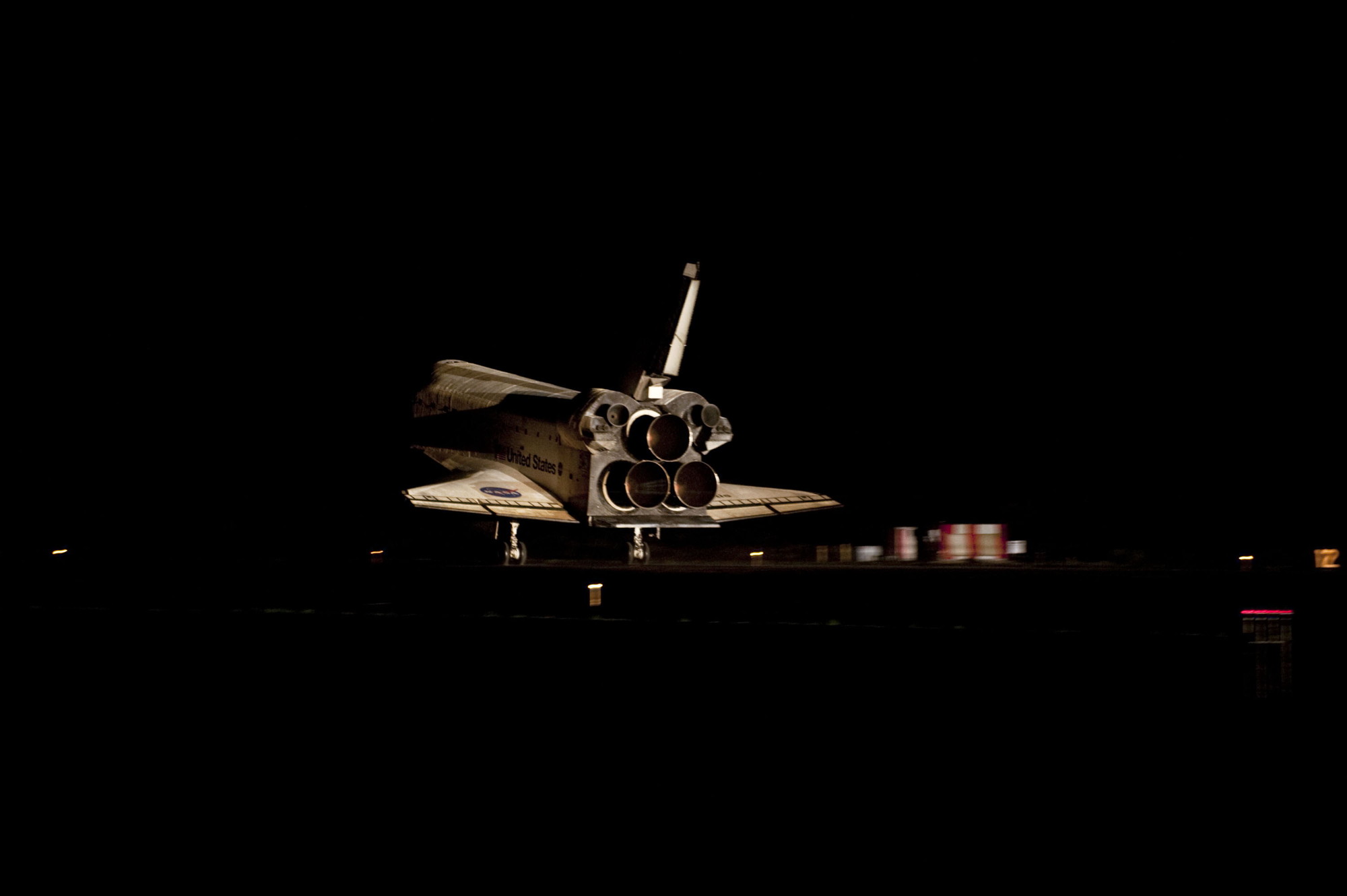
Thursday, July 21, 2011: Space shuttle Atlantis gleamed in the darkness at it touched down on the Shuttle Landing Facility's Runway 15 at NASA's Kennedy Space Center in Florida for the final time. Atlantis' wheels came to a stop at 5:57:54 am on Thursday, July 21, 2011. Crew of the final STS-135 mission included Commander Chris Ferguson, Pilot Doug Hurley, and Mission Specialists Sandra Magnus and Rex Walheim. STS-135 represented the 33rd and final flight for Atlantis, having spent 307 days in space, orbited Earth 4,848 times and traveled 125,935,769 miles.
— Tom Chao
Close to the Edge
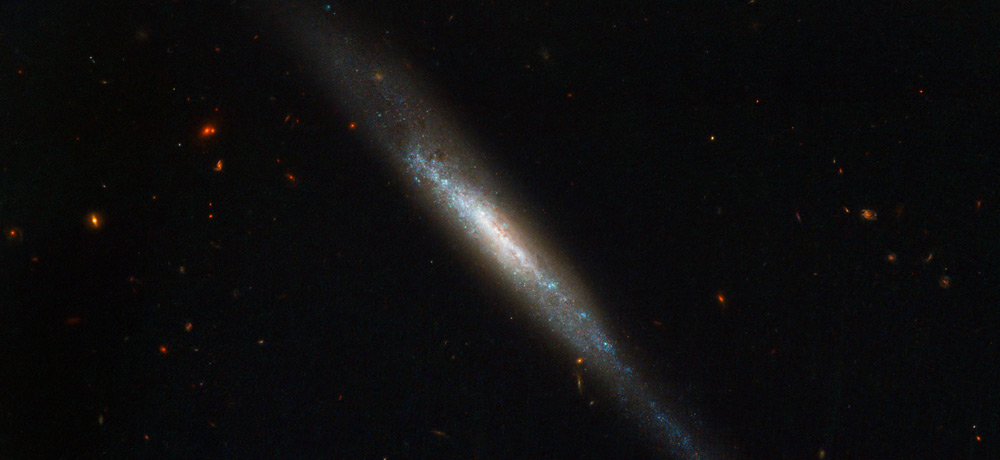
Friday, July 22, 2011: The NASA/ESA Hubble Space Telescope shows an elongated stream of stars, gas and dust called IC 755, actually a spiral galaxy seen edge-on. In 1999 a star within IC 755 exploded as a supernova and named SN 1999an. The Beijing Astronomical Observatory Supernova Survey discovered the supernova, and three years later Hubble studied the environment in which the explosion took place. The inclination of the galaxy made the supernova a challenging target as many other intervening objects obscured the view. Valuable data was obtained, and suggested that before detonation the star may have been around 20 times more massive than our Sun, and that it was likely to have been in the region of 14 million years old.
—Tom Chao
Let Them Eat Shuttle-Shaped Cake
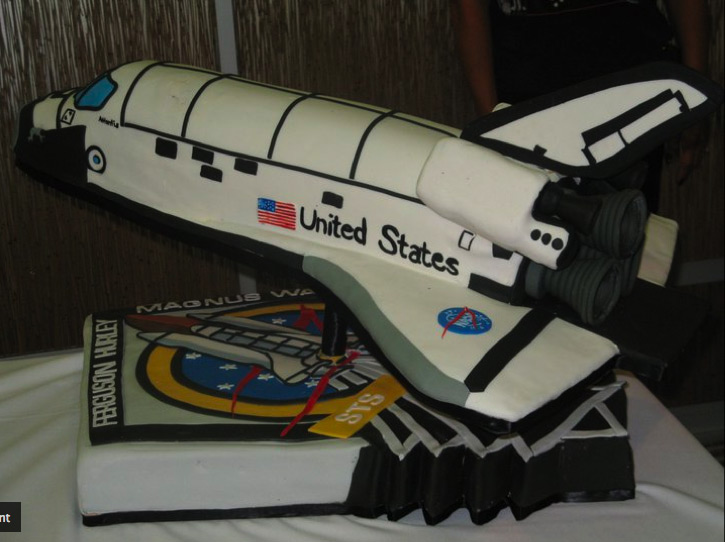
Monday, July 25, 2011: NASA employees at Johnson Space Center in Houston celebrated the end of the shuttle program on Friday, July 22 with a special cake conceived by JSC employee Debbie Hawkins and produced by Lisa Newlin and Steve Copsey of "Create It With Cake" in Houston.
—Tom Chao
In a Land Down Under, Where Spacecraft Glow

Tuesday, July 26, 2011: Scientist John Sarkissian captured this never-to-be-seen-again image of space shuttle Atlantis and the International Space Station streaking through the Australian sky with the The Parkes 64 meter radio telescope in the foreground. Atlantis's trail moves right to left behind the radio telescope, while the space station follows arcing from the lower right corner of the frame, about two minutes behind Atlantis in low Earth orbit. The Parkes 64 meter radio telescope has a long connection to human spaceflight, having supplied television images from the moon to Earth during Apollo 11. Also visible in the night sky of New South Wales, Australia, are southerly constellations Vela, Puppis, and Hydra. Atlantis made its final landing on July 21, 2011, at NASA's Kennedy Space Center.
—Tom Chao
Hey, You've Got to Hide Your Moon Away
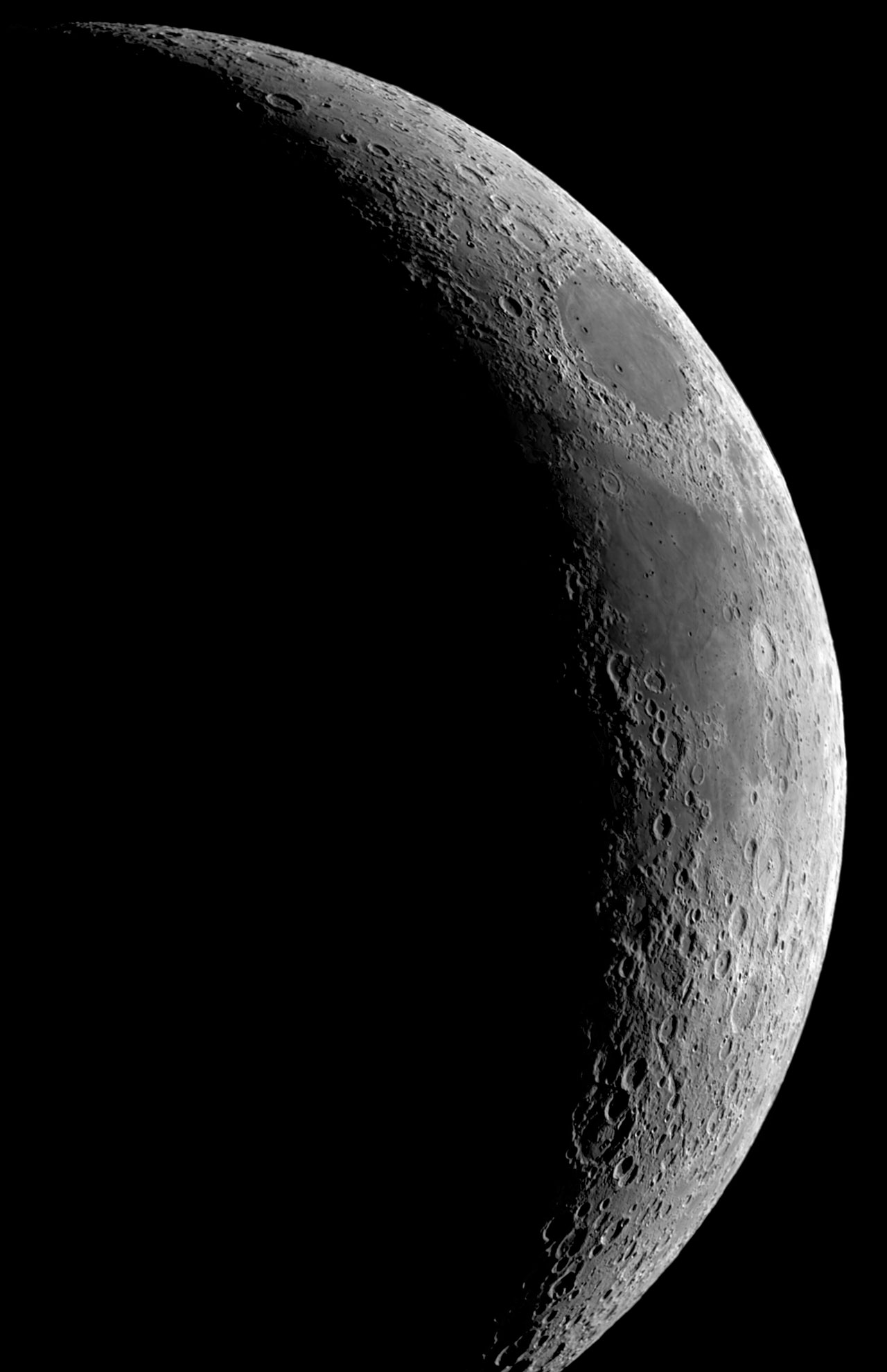
Wednesday, July 27, 2011: An image of the moon composed by Andy Strappazzon from Belgium took fourth place in ESO's Hidden Treasures 2010 astrophotography competition. Strappazzon searched through ESO's archive and identified datasets acquired by the MPG/ESO 2.2-metre telescope at La Silla in Chile, which he then used to compose his image of the moon. Here, the crescent moon shows sunlight skimming across the heavily pocked surface.
— Tom Chao
Get the Space.com Newsletter
Breaking space news, the latest updates on rocket launches, skywatching events and more!
Give It a Whirl
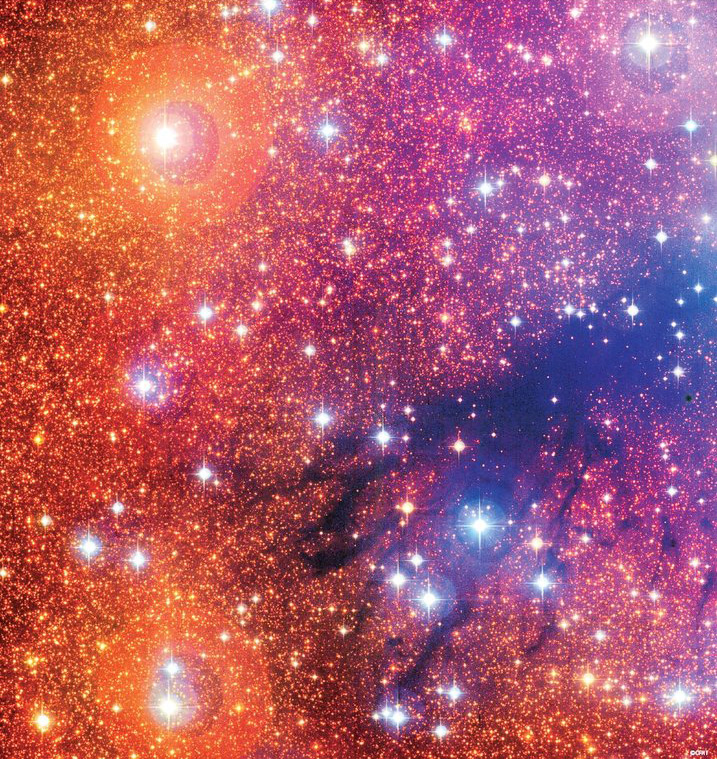
Thursday, July 28, 2011: Young stars shine brilliantly even through nebulae in the Milky Way, as seen by the Canada-France-Hawaii Telescope. The nebulae, giant molecular clouds, collapse and form stars in one part of the evolution cycle of matter in galaxies. These new stars will join the giant whirl of the galaxy in only a matter of millions of years.
— Tom Chao
Rove On
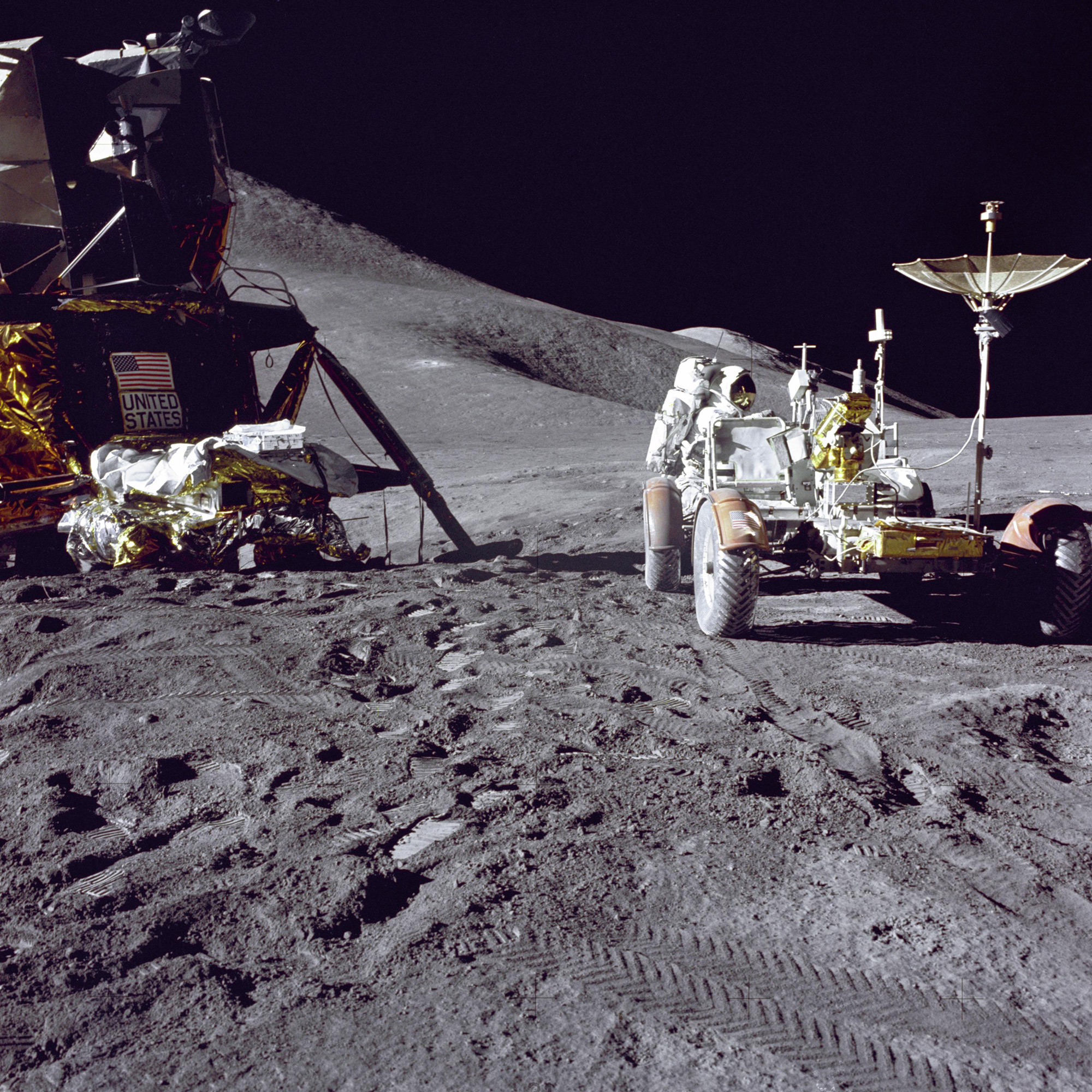
Friday, July 29, 2011: Apollo 15 launched 40 years ago this week on July 26, 1971. In this photograph, Apollo 15 lunar module pilot Jim Irwin loads the lunar rover with gear in preparation for the first lunar spacewalk at the Hadley-Apennine landing site. The lunar module "Falcon"stands at the left in this image. The undeployed Laser Ranging Retro-Reflector lies on top of Falcon's Modular Equipment Stowage Assembly.
— Tom Chao
Join our Space Forums to keep talking space on the latest missions, night sky and more! And if you have a news tip, correction or comment, let us know at: community@space.com.

Space.com is the premier source of space exploration, innovation and astronomy news, chronicling (and celebrating) humanity's ongoing expansion across the final frontier. Originally founded in 1999, Space.com is, and always has been, the passion of writers and editors who are space fans and also trained journalists. Our current news team consists of Editor-in-Chief Tariq Malik; Editor Hanneke Weitering, Senior Space Writer Mike Wall; Senior Writer Meghan Bartels; Senior Writer Chelsea Gohd, Senior Writer Tereza Pultarova and Staff Writer Alexander Cox, focusing on e-commerce. Senior Producer Steve Spaleta oversees our space videos, with Diana Whitcroft as our Social Media Editor.









